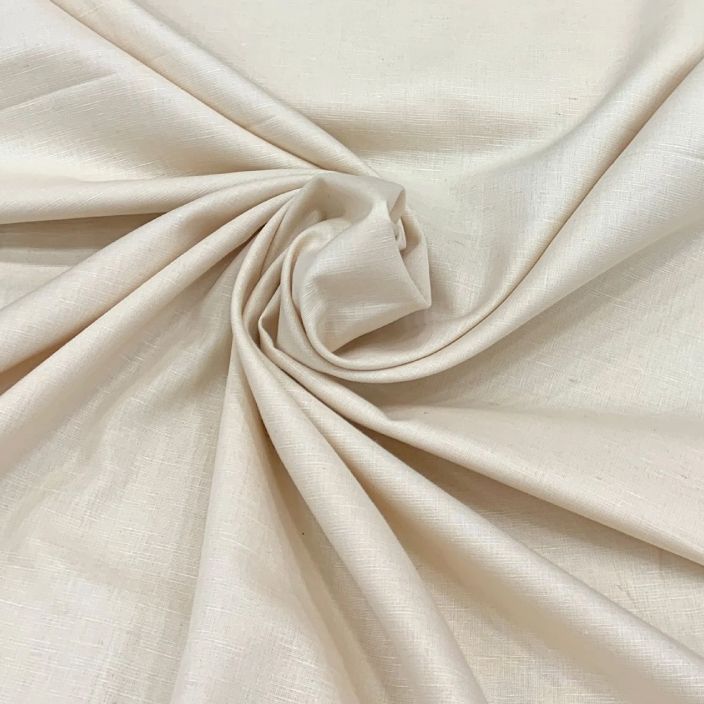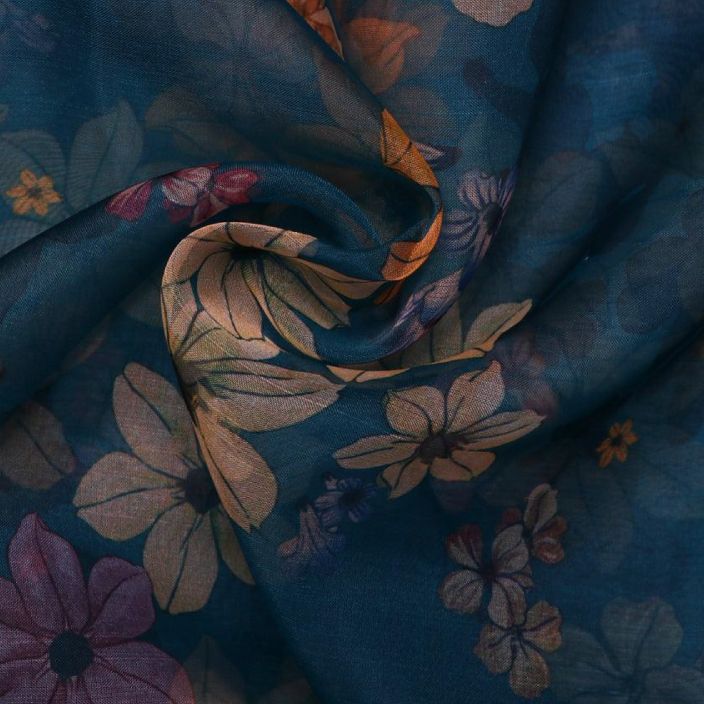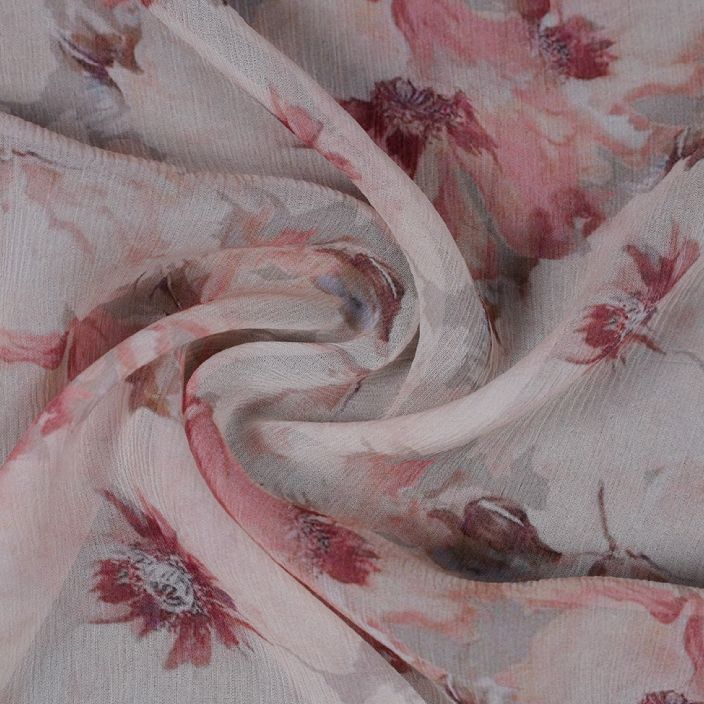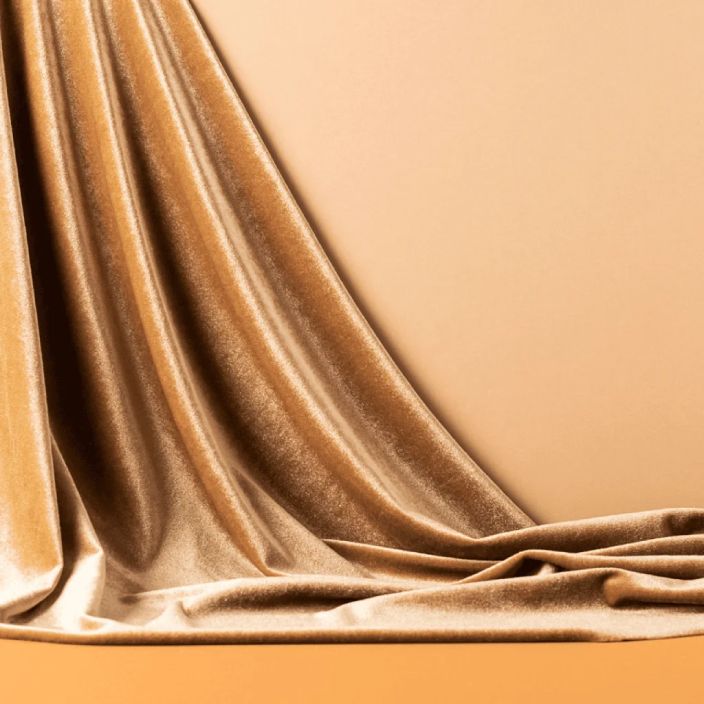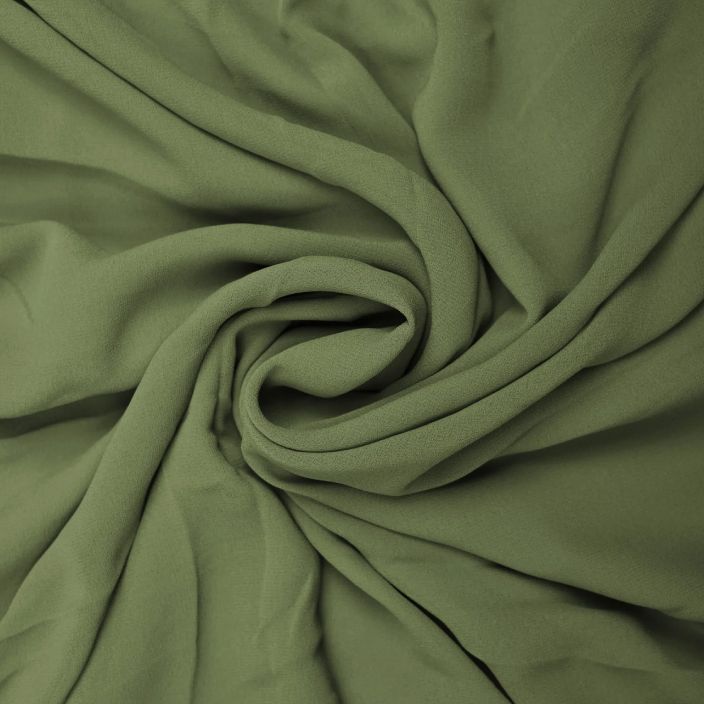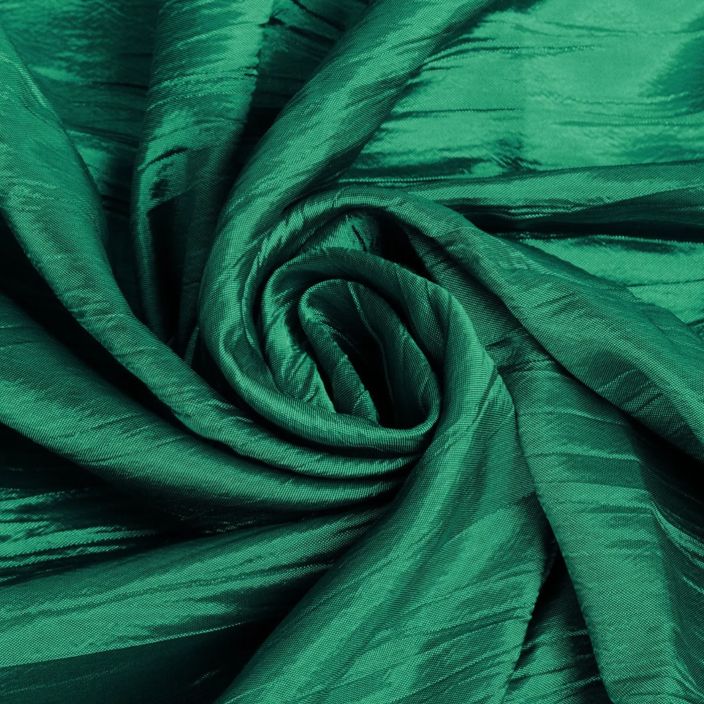For best prices and early deliveries, WhatsApp us at. 918488070070
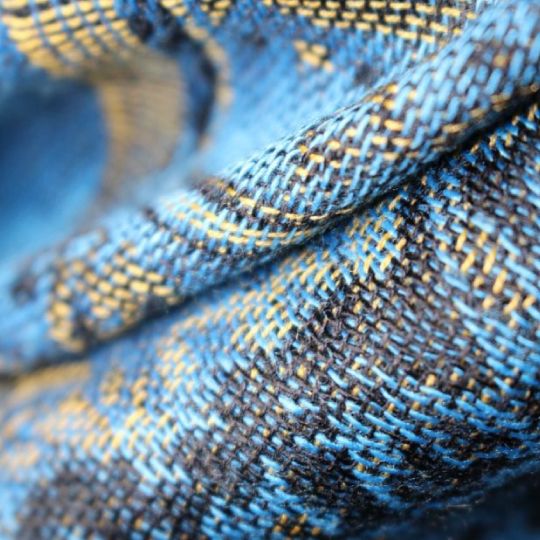
Woven Fabrics
With their interlaced warp and weft yarns producing sturdy, structured materials, woven fabrics are among the oldest and most advanced textile crafts in human history. Weaved textiles, as opposed to knitted ones, have better shape retention and less stretch, which makes them a favourite for tailored garments, upholstery, and accessories. From luxurious satin weaving to durable plain woven textiles, woven fabrics form the foundation of fashion and function. The beauty of woven fabric lies in its diversity, whether it's the crisp drape of woven cotton fabric, the intricate patterns of handwoven textiles, or the sturdy appeal of twill weave fabrics. Common types include woven material like linen (ideal for summer), denim (for rugged durability), and brocade (for ornate poise). Every technique creates unique textures and qualities, from shiny satin weaving for evening wear to crisp linen for summer suits. While intricate jacquard weaving produces elaborate brocades, more conventional techniques, such as plain weave, produce robust cotton shirts. Herringbone patterns provide visual interest, while denim's twill weave provides diagonal strength. Consider structured blazers, flowing silk sarees, or sturdy canvas workwear as examples of woven fabrics' continued importance in fashion. Their breathability and versatility ensure continued relevance in sustainable fashion, too, with organic cotton and hemp weaves growing in popularity. Whether handwoven on looms or machine-produced, these textiles connect past craftsmanship with modern innovation. Their enduring appeal lies in marrying functionality with artistry – truly a testament to textile excellence.
Types of Weaves
Woven fabrics are defined by their weave patterns, which determine texture, strength, and appearance. Here are the primary types of weaves, described concisely:
Plain Weave
The plain weave is the simplest and most widespread weave, where warp and weft yarns interlace in an over-one, under-one pattern. This creates a flat, durable, and balanced surface, ideal for everyday textiles like cotton shirts, linen tablecloths, and sturdy canvas. Its tight structure ensures strength, while variations like basket weave, grouping multiple yarns, add texture. Plain weave’s versatility makes it a staple in apparel, home decor, and industrial fabrics.
Twill Weave
Twill weave produces a distinctive diagonal pattern by passing weft yarns over multiple warp yarns in a staggered sequence, such as over-two, under-two. Renowned for its durability, flexibility, and excellent drape, twill is used in denim jeans, gabardine suits, and herringbone jackets. The weave’s structure resists wrinkles and hides stains, making it practical for workwear and fashion. Its diagonal texture adds visual appeal to both casual and formal garments.
Satin Weave
Satin weave features long "floats," where warp or weft yarns skip multiple threads, creating a smooth, glossy surface with a luxurious sheen. Though less durable due to exposed yarns, it’s perfect for silky fabrics like satin dresses, sateen bedding, and eveningwear. The weave reflects light, enhancing elegance, but requires careful handling to avoid snags. Satin’s softness and lustre make it a favourite for high-end fashion and decor.
Jacquard Weave
Jacquard weave, crafted on a specialised jacquard loom, allows intricate, multicoloured patterns by individually controlling each warp yarn. This produces elaborate designs in damask tablecloths, brocade dresses, and tapestry upholstery. Its versatility supports detailed motifs, making it ideal for ornate garments and luxurious home furnishings. Though complex and costly to produce, jacquard’s artistic potential elevates textiles for formal wear and decorative interiors.
Dobby Weave
Dobby weave, created on a dobby loom, forms small, repetitive geometric patterns or textured effects, such as birdseye or pique. Less intricate than jacquard, it’s used in dress shirts, polo tops, and textured towels. The weave adds subtle visual interest and tactile depth, balancing aesthetics and functionality. Dobby fabrics are durable and versatile, suitable for both casual apparel and structured home textiles.
Pile Weave
Pile weave incorporates extra yarns to create a raised, fuzzy surface, adding softness and texture. Techniques include cut pile, as in velvet’s plush sheen, or uncut pile, like terrycloth’s absorbent loops. Used in corduroy pants, velour tracksuits, and plush towels, pile fabrics offer warmth and comfort. Their tactile quality enhances upholstery and apparel, though they may require careful maintenance to preserve their loft.
Leno Weave
Leno weave features warp yarns twisting around weft yarns, forming an open, lacy structure with excellent breathability. This lightweight weave is ideal for sheer curtains and delicate scarves. Its loose construction ensures stability despite the open weave, making it suitable for airy, decorative textiles. Leno’s unique texture adds a delicate, ethereal quality to summer garments and functional household items.
Herringbone Weave
Herringbone weave, a twill variation, creates a V-shaped, zigzag pattern resembling fish bones. This visually striking weave enhances suits, tweed coats, and wool scarves with its sophisticated texture. Durable and drapey like twill, herringbone adds elegance to formal and outerwear. Its distinctive chevron design makes it a timeless choice for tailored garments and classic home decor, blending style and practicality.
Types of Woven Fabrics
Linen
Linen, derived from flax, is a breathable, lightweight fabric with a crisp texture. Its natural fibres offer excellent moisture-wicking properties, making it ideal for summer clothing and home textiles. Durable yet prone to wrinkling, linen exudes timeless elegance. Popular for summer wear, Linen offers a timeless elegance with its natural durability, though it tends to wrinkle easily. Favoured for summer wear, it’s ideal for tailored shirts, breezy dresses, and even table linens, valued not just because it's lightweight, but also for its sustainable qualities.
Satin
Satin, known for its glossy surface and smooth feel, is crafted using a satin weave. Its lustrous finish enhances evening gowns, lingerie, and bedding. Soft yet durable, satin drapes beautifully, accentuating silhouettes. Available in silk or polyester blends, this luxurious fabric is a favourite for designers creating opulent, high-fashion pieces.
Organza
Organza, a sheer, lightweight fabric, combines crispness with delicate transparency. Made from silk or synthetic fibres, it’s perfect for bridal veils, overlays, and voluminous skirts. Its stiff texture holds shapes well, adding structure to couture designs. Organza’s ethereal quality makes it a staple in occasion wear, offering elegance and versatility.
Chiffon
Chiffon, a flowing, sheer fabric, is prized for its soft, airy drape. Crafted from silk or polyester, it’s ideal for dresses, scarves, and overlays. Its lightweight nature enhances feminine silhouettes, making it a go-to for bridal and occasion wear. Chiffon’s subtle sheen adds a touch of opulence to any garment.
Velvet
Velvet, with its plush, dense pile, exudes luxury and warmth. Made from silk, cotton, or synthetics, it’s perfect for eveningwear, upholstery, and curtains. Its rich texture absorbs light, creating depth in colours. Popular in wedding or festive fashion, velvet suits jackets, dresses, and accessories, offering sophistication and comfort.
Brocade
Brocade, a richly decorative fabric, features raised, intricate patterns, often in gold or silver threads. Ideal for bridal wear and occasion wear, its opulent texture makes it perfect for celebrations. Brocade’s heavyweight nature ensures durability, making it perfect for statement looks.
Tulle
Tulle, a fine, net-like fabric, is synonymous with bridal veils and tutus. Made from nylon or silk, its lightweight, sheer quality adds volume without weight. Perfect for layering, tulle creates ethereal, romantic looks in bridal and ballet designs, offering delicate structure and charm.
Denim
Denim, a sturdy cotton twill, is celebrated for its durability and versatility. Originally used for workwear, it’s now a fashion staple in jeans, jackets, and skirts. Its rugged texture softens with wear, offering comfort and style. Denim’s timeless appeal suits casual and contemporary looks.
